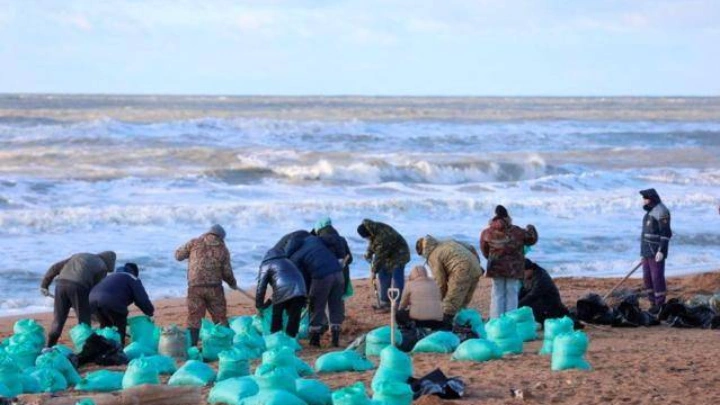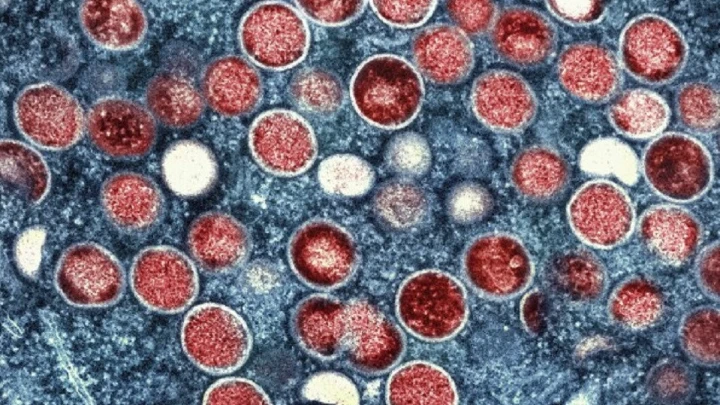Are we seeing fewer white Christmases due to climate change?
USA TODAY || Shining BD
Will we have a white Christmas? The annual question reaches peak curiosity this week, but as the planet warms due to human-caused climate change, the probability of seeing snow at Christmas is becoming increasingly unlikely, recent studies and reports have shown.
"With a warmer climate, it is likely that more winter precipitation will fall as rain rather than snow in many parts of the country," said a 2021 report from Climate Central, a nonprofit science and communication organization. "Climate change threatens symbols of the holiday season from Christmas tree growth, winter recreation, and cozy drinks to Arctic wildlife."
But impacts go beyond holiday traditions: Reduced snowfall and less snow cover on the ground could also affect water supplies, transportation, travel, and recreation for millions of people, the Environmental Protection Agency said.
Snow is decreasing overall
Reports show that as the globe warms, snow, overall, is decreasing. In fact, between 1972 and 2020, the average portion of North America covered by snow decreased at a rate of about 1,870 square miles per year, an area roughly the size of Delaware, according to the Rutgers University Global Snow Lab.
In the U.S., climate change is already affecting the amount of snow that falls across the country. In several of the key ways that snow is measured – snowfall, snow cover, and snowpack – recent significant declines have been reported.
Winter is the fastest warming season
"What we know about winter temperature trends is that winter is the fastest-warming season across most of the United States – and particularly so east of the Mississippi River," said Elizabeth Burakowski, a research assistant professor of earth sciences at the University of New Hampshire, in an interview earlier this year with the American Association for the Advancement of Science.
"New England and the Upper Midwest are winter warming hot spots. We’ve seen some of the fastest winter warming trends in Burlington, Vermont, and Milwaukee, Wisconsin, and Concord, New Hampshire, for example," she said.
"With snowfall, what we know is that the ratio of precipitation that’s falling as snow versus rain has been shifting over time. And as we get warmer temperatures, we’re going to be seeing more of our winter precipitation falling as rain instead of snow."
On average, only about a third of the contiguous 48 states has snow on the ground on Christmas Day, but this figure has steadily dropped over recent years, FoxWeather reports.
American Christmas ideal emerged
“Average winter temperatures in particular have climbed more quickly than temperatures in other seasons, especially in the Northeast, where the American Christmas ideal emerged and evolved in the 19th century," Dagomar Degroot, a professor of environmental history at Georgetown University, told USA TODAY. "Periods of extremely cold temperatures were much more common in the region during the middle of the 19th century, when the Little Ice Age was finally beginning to end.”
“Something like the "white Christmas" ideal in American culture may have been influenced by the average snowfall that people experienced in the 19th century, or it may have stemmed from a particularly extreme stretch of winter weather,” Degroot said.
There are exceptions
At the same time, average winter snow cover does not seem to have declined as much as you'd expect since the nineteenth century, Degroot said. "In fact, some parts of the United States, such as the Great Lakes region, appear to be snowier now than they were."
He noted that according to the Intergovernmental Panel on Climate Change, even in a world that is, on average, 2.7 degrees warmer than its late 19th-century average temperature, global snowfall should only decline by about 5%.
“There are several reasons for this. One of them is that a warmer atmosphere can hold more water vapor, which often leads to greater precipitation," Degroot explained to USA TODAY. "In regions where winter warming does not increase temperatures beyond the freezing point, there can actually be more snow on the ground even when winter temperatures rise.”
NOAA's map has changed
It’s not surprising that there are some subtle differences between the 1981-2010 version of the white Christmas map and the 1991-2020 version (below) that are consistent with the reality of long-term warming, according to the National Oceanic and Atmospheric Administration.
More areas experienced decreases in their chances of a white Christmas than experienced increases. According to NOAA, the easiest one to spot with the naked eye is the expansion of the dark gray area, where the chances of a white Christmas are less than 10%. The gray area shifted noticeably northward across the South, and upslope along the ocean-facing slopes of some of the West Coast mountain ranges.

What is a white Christmas?
It need not snow Dec. 25 to fit the weather service's definition of a white Christmas: There just needs to be at least 1 inch of snow on the ground. A trace amount of snow does not count. On average, about 38% of the contiguous 48 states has an inch of snow on the ground on Christmas Day, according to 21 years of data compiled by NOAA.
Since 2003, those percentages have varied widely from year to year, from only 17.6% last year to a whopping 63% of the contiguous U.S. in 2009, according to Weather.com.
Snow decreases by the numbers
◾ Total snowfall has decreased in many parts of the U.S. since widespread observations became available in 1930, with 57% of stations showing a decline, according to the Environmental Protection Agency. Among all of the stations, the average change is a decrease of 0.19% per year.
◾ From 1972 to 2013, the U.S. snow cover season became shorter by nearly two weeks, on average, NOAA reports.
◾ And from 1982 to 2021, the snowpack season became shorter at about 86% of the sites where snowpack was measured, the U.S. Department of Agriculture reports. Across all sites, the length of the snowpack season decreased by about 18 days, on average.
Shining BD





































